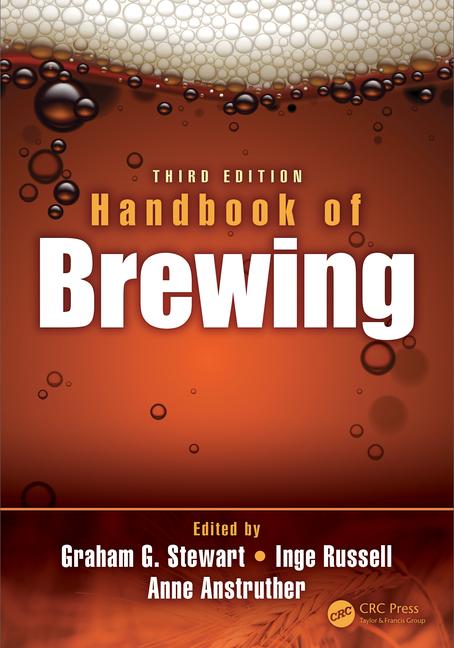
Doing more with less is one of the goals when automating beverage manufacturing. Although many steps are involved, beverage mixing and blending equipment and technology help facilitate changeovers and can get more products to market faster with more efficient processes no matter how complicated the formula.
Equipment and technology manufacturers enabling process automation such as Admix Inc., Manchester, N.H., and Techniblend Inc., Delafield, Wis., continue to adapt plant floor systems as a result of constantly changing formulation requirements.
“Manufacturers have introduced several new sweeteners and are bringing sucrose back, which is adding the requirement for additional equipment and systems to the bottlers,” says Derek Deubel, vice president, Techniblend Inc. The company introduced Clean in Place (CIP) On-Demand to make the process of mixing operate smoother with less waste, the company says.
But as the market supports changing tastes and flavor combinations, ingredient blending has become an ever challenging task.
“Today’s formulas require more solids and less water to make the batches,” says Rick Earley, beverage market manager at Admix Inc. “It’s a very real challenge to dissolve all the powders in the limited amount of water in the formulas.”
Beverage trends such as increased percentages of powdered ingredient formulas and faster production speeds affect mixing technology. Flexibility to produce all products with minimal changeover requirements is the key to reducing batch time, Earley says. By conducting in-plant trials with Admix equipment, processors have realized batch time reductions from two to six hours down to 20 to 40 minutes in in-plant trials, Earley says.
Fastfeed is Admix’s skid-mounted mixer for in-line powder induction and dispersion. It uses a powder suction pump and high-shear mixing technology to incorporate and wet out difficult powders. Its DynaShear in-line mechanical mixer reduces the number of passes required to combine ingredients because it pre-mixes ingredients in the axial stage and refines the mixture in the radial, high-flow rotor discharging stage, the company says.
Admix gains valuable feedback from its customers by conducting in-plant process audits and equipment trials to improve the performance and make its in-line mixers more user-friendly, Earley says. At the same time, the company continues to work on equipment advancements to meet customer demands for automation, reduced cleaning time and increased capacity.
“We now have available a model that is twice the capacity of the initial unit we launched,” Earley adds.
Specialized blending requirements also drive Admix’s business development. Conventional mixing technology might not solve business needs economically or from a quality perspective as powder concentrations increase. Having more powder in less water is an issue for processors unequipped to wet, disperse, dissolve and hydrate the influx of powders in energy drinks and nutraceuticals, Earley says.
“Historically difficult viscosity enhancers like xanthan, pectin, guar gum, CMC can be inducted, wetted, dispersed into a final batch tank on a single pass at 20 to 60 pounds per minute with no fish eyes, lumps, agglomerates with Fastfeed technology,” he says.
In some cases, when a processor does have the capability to dissolve complicated powders, a powder transfer system might not be in place to safely and efficiently get all the powders to the mixer.
“Our Powder Induction and Conveying (PIC) unit is a simple and reliable way to get powders and liquids into a tall mixing tank but from the safety of the floor level,” Earley says. The advantage of premixing the powders during the induction and wetting process decreases the mixing necessary to finish the process in the destination tank, all done from the safety of floor level, he adds.
Customers can test Admix’s equipment and technology by visiting its lab in Manchester. Visitors to the lab can put the company’s mixers to the test on various products and Admix experts qualify the best mixing technology based on individual beverage formulas. Whatever is made in the lab can be scaled to any production process, Earley says.
Although mixing a multitude of ingredients requires specialized equipment and technology, the process of blending changing beverage formulations also has to be energy efficient to help companies control costs and waste, suppliers say.
Techniblend Inc. has blenders that not only help manufacturers with changeovers and shorter production runs, but are more efficient. Its two-stream syrup and water blenders have integrated deaeration, blending and in-line carbonation.
And while operator involvement in most installations is still necessary, Techniblend’s Deubel says automation in more recent system installations makes operator dependence a feature of the past. Techniblend’s most recent installation in Orlando, Fla., allows changeover function control of the can filler from the blender and the lab, he says.
“Operators can select a flavor and then CIP, then another flavor, followed by a CIP, and the system changes over automatically, repeatedly and quickly,” Deubel says.
Making improvements to changeover speed in CIP systems has been a recent focus of Techniblend because conventional systems use too much water and energy, and cleaning is not as effective, he says. The CIP On-Demand system was launched to decrease the time spent on such inefficient processes.
“Since our customers have to changeover more frequently and as they continue to run more flavors with more diverse ingredients and sweeteners … the CIP On-Demand addresses both the CIP efficacy and CIP times,” Deubel says.
In addition to time savings and flexibility, having a CIP system integrated into the blender can shorten the circuit thereby decreasing water, chemical heat and energy use for hot CIP cycles because everything is housed in the same unit, he adds. The new combined system, available in Techniblend’s most recent TB-200 series blenders, also reduces hot and cold spots during chemical delivery.
Poor process control can lead to too much chemical being added to the mix in a conventional CIP system, Deubel says. To reduce this, Techniblend blending technology instantly blends the target concentration of chemical and water, he says. BI

